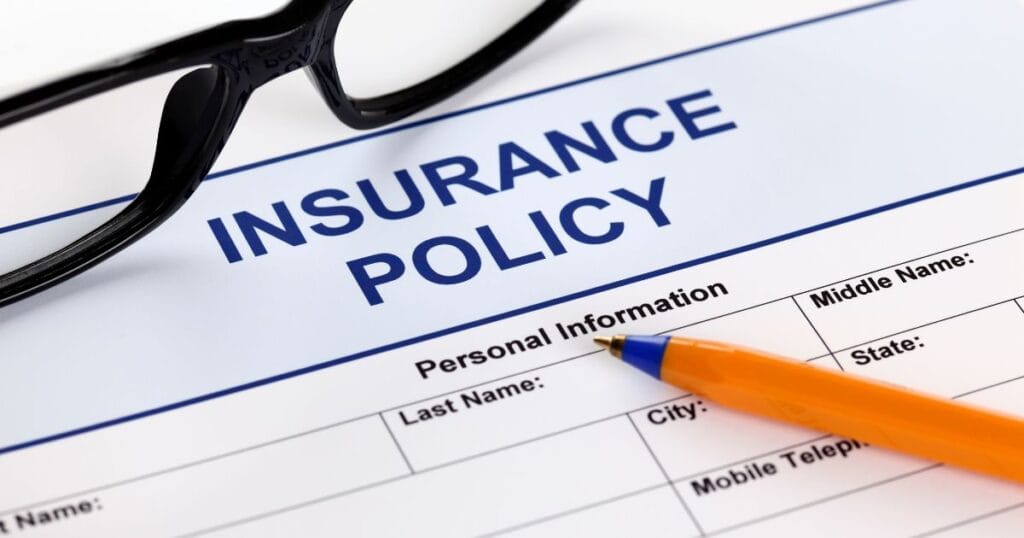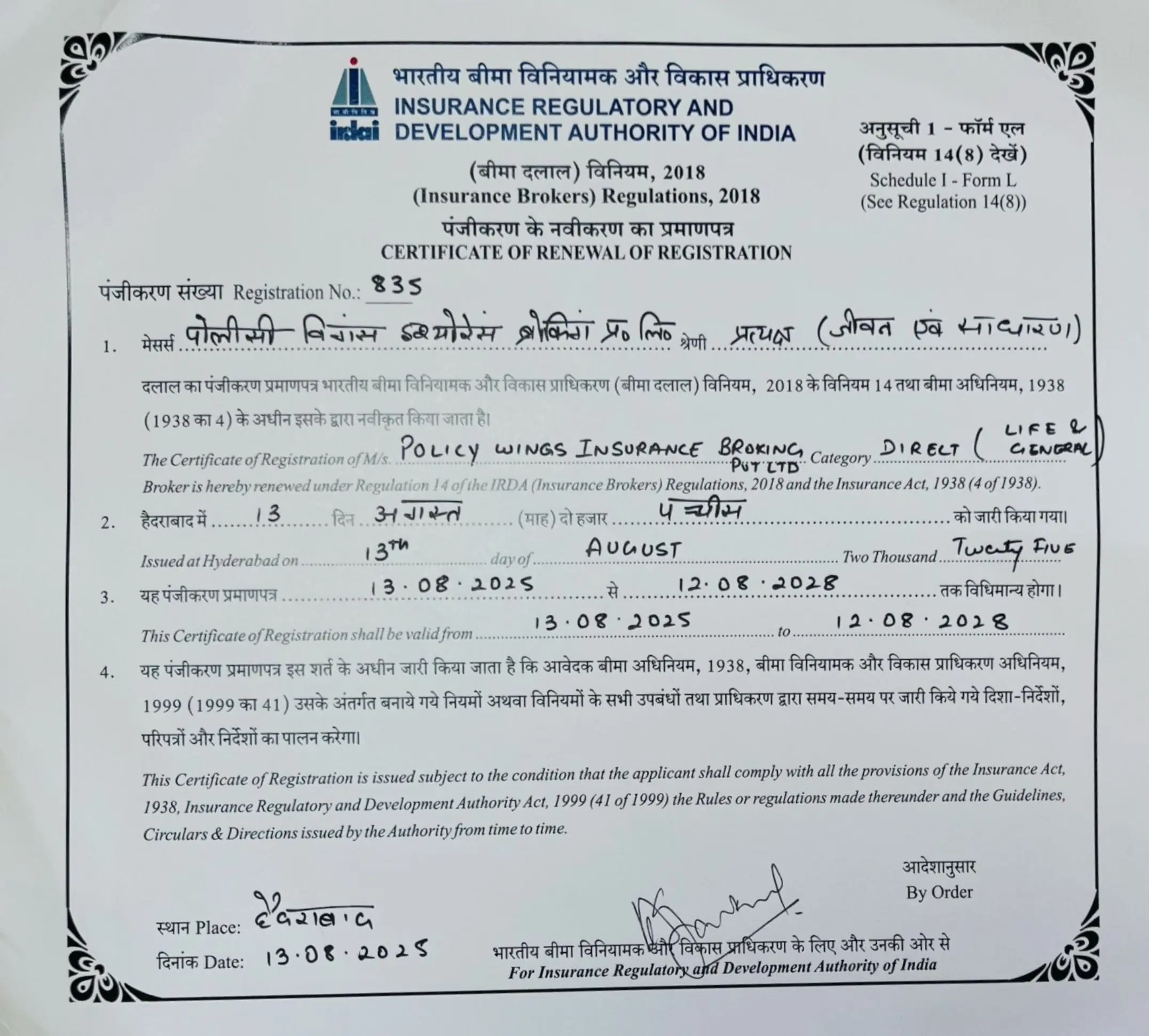Best Family Health Insurance Plans in India for Pre-Existing Diseases
Introduction We all have somebody in our family living with conditions like diabetes, high blood pressure, thyroid or others. These are called pre-existing diseases (PEDs). We know how medical costs can be so burdensome sometimes. If there’s no proper coverage in place, our savings suffer the most and that’s why we need to have the best family health insurance plans in India. Besides protecting you during emergencies, these policies also help you with treatments for pre-existing diseases so that there’s no delay in medical care or financial stress. This blog has answers to all your questions. You will know how to find the best health insurance plans if you have pre-existing conditions and what you must choose between family health insurance and individual health insurance. What Are Pre-Existing Diseases? Before we start discussing the policy-related details, let’s first understand the concept of pre-existing diseases. So, if you have any illness, condition or injury before buying a policy, it’s pre-existing. The most common examples would be: Diabetes Hypertension (high blood pressure) Thyroid disorders Asthma Heart-related illness Kidney-related issues The insurance companies will always ask about these conditions when you are applying for an insurance policy. Some insurers may even ask for a proper health check-up so they can be sure. It’s suggested to never hide such details. If you try to hide, your claims could get rejected. Why Do You Need Health Insurance for Pre-Existing Diseases? The best health insurance plans will always ensure that your family’s health and finances are never at stake, even if anyone has PEDs. Rising Medical Expenses– All kinds of healthcare costs like treatments, routine check-ups and medicines add up to a considerable cost. And when we add in hospitalization, it goes even higher. Family Risk Factor– If one family member has an existing illness, chances are that others might have something as well. This makes family health insurance so much practical than buying only for one person. Peace of Mind– Of course, your mind will be at ease when you know your policy covers existing conditions and the patient will get timely treatment and there’s no money tension. How Does Coverage for Pre-Existing Diseases Work? Those who have some pre-existing diseases can finally take a sigh of relief because most health insurance plans do offer coverage for them. However, there are certain rules: Waiting Period– You usually need to wait around 2–4 years before claiming PED-related claims. Some plans do have shorter waiting periods that are much better for families. Higher Premiums– Insurance policies that cover PEDs are often slightly more expensive. But in the long run, they also save huge expenses. Medical Tests– Those people who are already dealing with critical PEDs may need a medical exam before their cover gets approved. Always look for these points and even compare them in different quotes before buying the best family health insurance plans in India. What’s for you: Family Health Insurance or Individual Health Insurance Whether you should buy one good family health insurance plan for everyone or separate individual health insurance policies for all depends on various factors. Family Health Insurance: The whole family shares one single sum insured. Costs much less than buying multiple separate policies. Ideal if not all members are under high health risks. Individual Health Insurance: Each person has individual cover. While the premiums are higher overall, there’s no shared risk. Certainly best if multiple members already have pre-existing diseases. One person’s illness won’t affect the other’s coverage. The smart thing is to have a mix of both. What can be done is that the parents with health conditions can take individual health insurance, separate for them both and the younger & healthier members can share a family health insurance plan. Choosing the Best Family Health Insurance Plans in India for PEDs The comparison shouldn’t just be limited to the price because there’s a lot that matters: Waiting Period for PEDs: The shorter the better. In fact, some newer policies start offering coverage after just 1 year, which is amazing. Co-Payment Clause: Some plans require the patients to pay a certain percentage of the bill, so do check that before finalizing. Network Hospitals: It would be good if the insurer has tie-ups with hospitals near you. This way, you can get cashless facilities. Renewability: The policy is perfect if it has lifelong renewability because that is especially important for seniors. Coverage for Common Needs: The policy must cover treatments like cataract, heart disease, maternity (if applicable) and other common ones. Top-Up and Super Top-Up Options: These let you add extra coverage at lower costs and are very useful when your main plan’s limit falls short. We’ll understand this better with an example so let’s imagine there are two families in the picture: Family A takes a ₹5 lakh family health insurance plan with a 2-year waiting period for PEDs being diabetes and BP. When a family member needed to be hospitalized for BP-related complications in the 3rd year, it was all taken care of by the policy. Family B delays buying. When their senior was admitted to the hospital, they had no insurance coverage. Their medical bills majorly hit their savings. Also, they later faced higher premiums with longer waiting periods while getting a policy. This example is more of a lesson. It says that it’s always better to buy early, even if you have a pre-existing condition. As soon as you get the insurance, the waiting period starts decreasing. Saving Money While Staying Covered You can use a bunch of smart strategies to stay fully protected while also keeping premiums manageable: Start Early: The biggest advice is regarding the time. Even if you don’t have PEDs yet, getting health insurance plans in your 30s or 40s is the right thing to do. By the time some illness actually happens to develop, you would be way past the waiting periods. Use Top-Ups for Extra Cover: If you already have a base policy in place,
Best Family Health Insurance Plans in India for Pre-Existing Diseases Read More »



